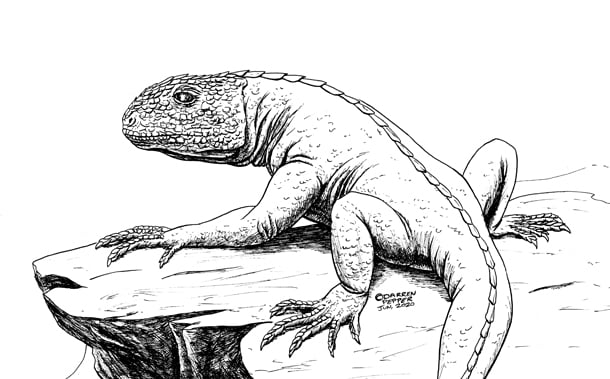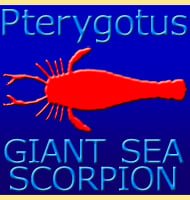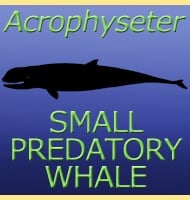In Depth
Since it dates from the early Permian, Acleistorhinus is the earliest anapsid known. The teeth are numerous, small and pointed, suggesting that it hunted for insects. Viewed from above, the skull is triangular from the eyes leading to the front tip. The back of the skull is wide resulting in the orbits being pushed forward. This would have offered a degree of binocular vision giving Acleistorhinus depth perception.
Further Reading
– A new procolophonoid reptile from the Lower Permian of Oklahoma. – Journal of Paleontology 43(3):676-687. – E. Daly – 1969.










